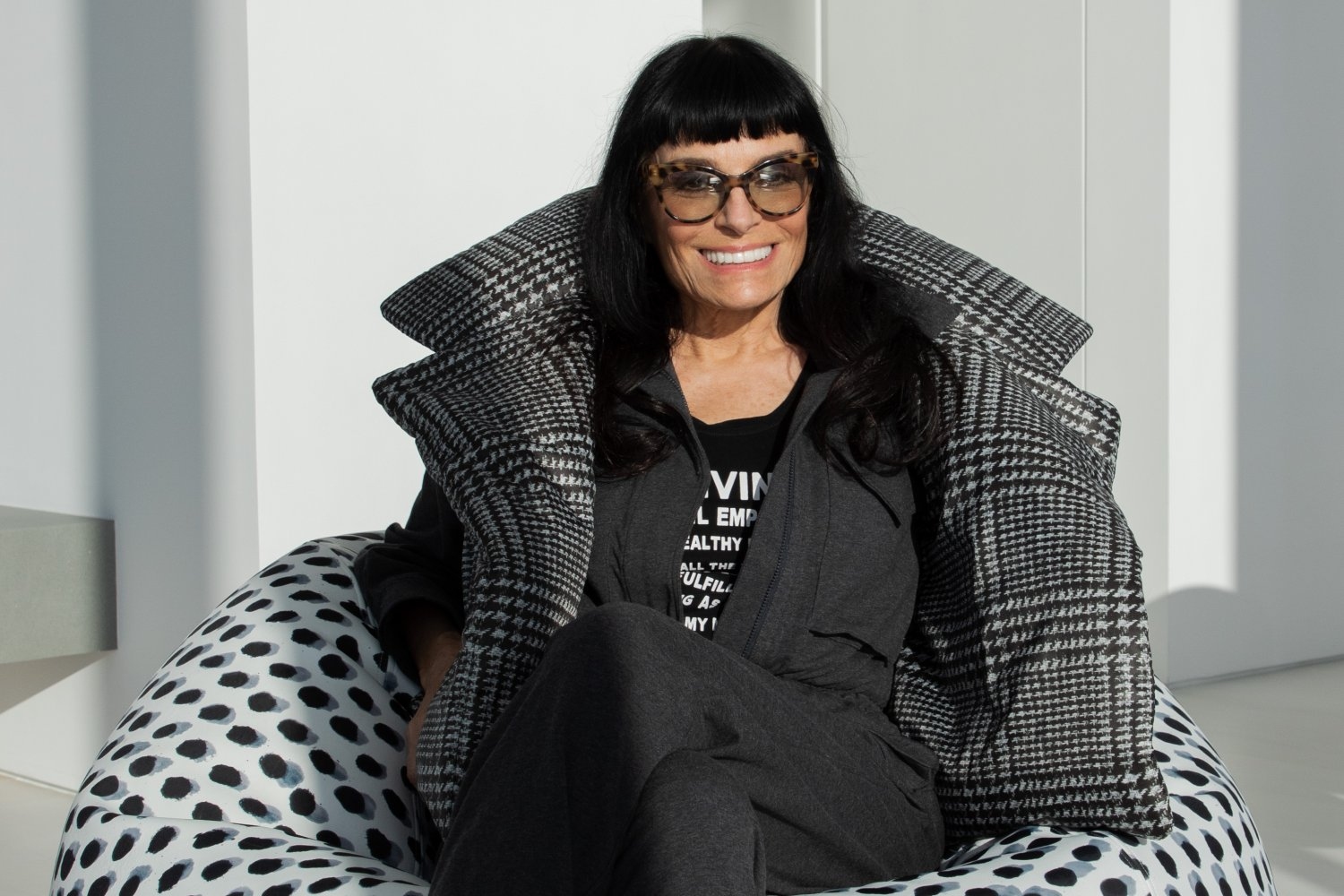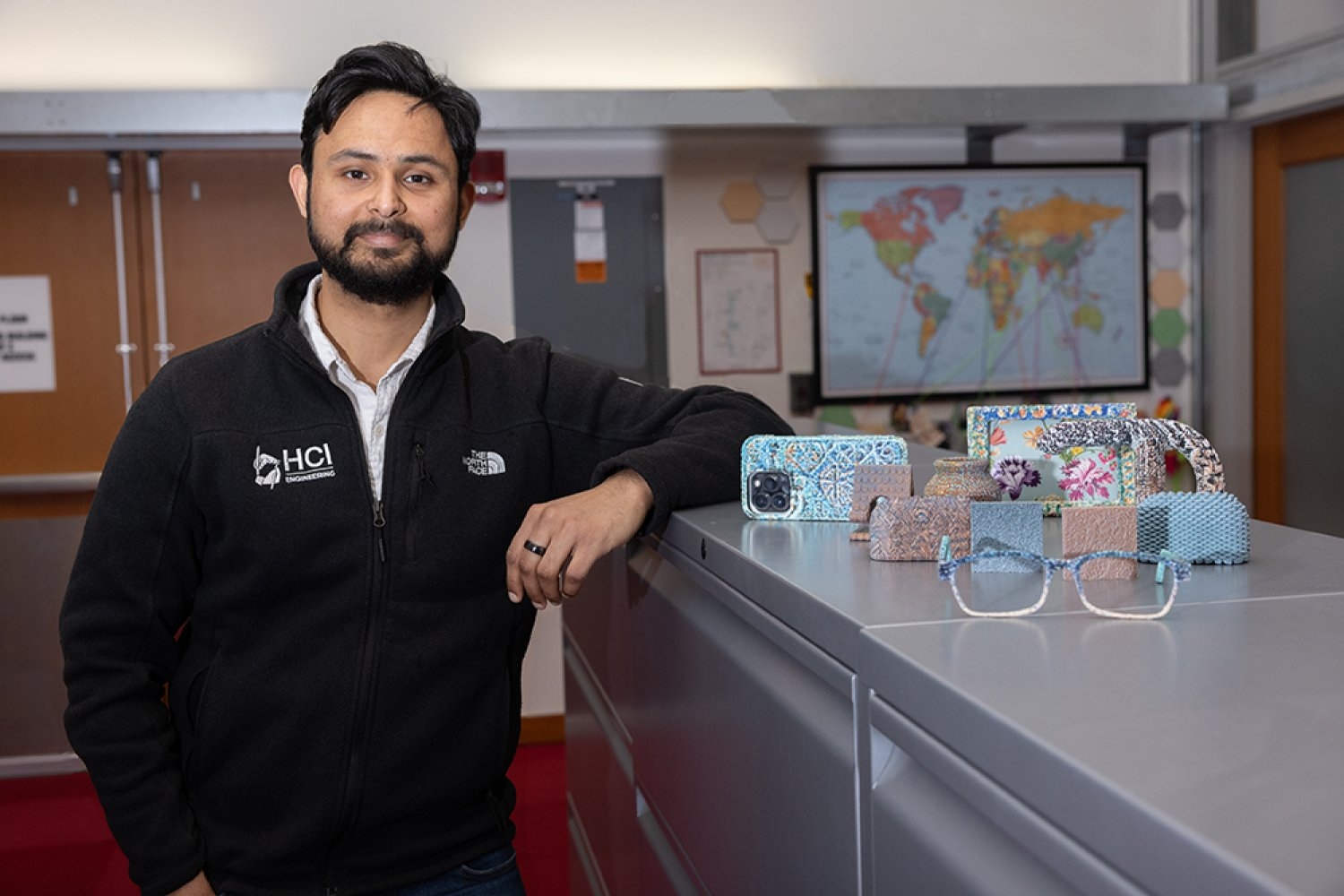What happens when a fashion legend taps into the transformative power of artificial intelligence? For more than five decades, fashion designer and entrepreneur Norma Kamali has pioneered bold industry shifts, creating iconic silhouettes worn by celebrities including Whitney Houston and Jessica Biel. Now, she is embracing a new frontier — one that merges creativity with algorithms and AI to redefine the future of her industry.
Through MIT Professional Education’s online “Applied Generative AI for Digital Transformation” course, which she completed in 2023, Kamali explored AI’s potential to serve as creative partner and ensure the longevity and evolution of her brand.
Kamali’s introduction to AI began with a meeting in Abu Dhabi, where industry experts, inspired by her Walmart collection, suggested developing an AI-driven fashion platform. Intrigued by the idea, but wary of the concept of “downloading her brain,” Kamali instead envisioned a system that could expand upon her 57-year archive — a closed-loop AI tool trained solely on her work. “I thought, AI could be my Karl Lagerfeld,” she says, referencing the designer’s reverence for archival inspiration.
To bring this vision to life, Kamali sought a deeper understanding of generative AI — so she headed to MIT Professional Education, an arm of MIT that has taught and inspired global professionals for more than 75 years. “I wasn’t sure how much I could actually do,” she recalls. “I had all these preconceived notions, but the more I learned, the more ideas I had.” Initially intimidated by the technical aspects of AI, she persevered, diving into prompts and training data, and exploring its creative potential. “I was determined,” she says. “And then suddenly, I was playing.”
Experimenting with her proprietary AI model, created by Maison Meta, Kamali used AI to reinterpret one of her signature styles — black garments adorned with silver studs. By prompting AI with iterations of her existing silhouettes, she witnessed unexpected and thrilling results. “It was magic,” she says. “Art, technology, and fashion colliding in ways I never imagined.” Even AI’s so-called “hallucinations” — distortions often seen as errors — became a source of inspiration. “Some of the best editorial fashion is absurd,” she notes. “AI-generated anomalies created entirely new forms of art.”
Kamali’s approach to AI reflects a broader shift across industries, where technology is not just a tool but a catalyst for reinvention. Bhaskar Pant, executive director of MIT Professional Education, underscores this transformation. “While everyone is speculating about the impact of AI, we are committed to advancing AI’s role in helping industries and leaders achieve breakthroughs, higher levels of productivity, and, as in this case, unleash creativity. Professionals must be empowered to harness AI’s potential in ways that not only enhance their work, but redefine what’s possible. Norma’s journey is a testament to the power of lifelong learning — demonstrating that innovation is ageless, fueled by curiosity and ambition.”
The experience also deepened Kamali’s perspective on AI’s role in the creative process. “AI doesn’t have a heartbeat,” she asserts. “It can’t replace human passion. But it can enhance creativity in ways we’re only beginning to understand.” Kamali also addressed industry fears about job displacement, arguing that the technology is already reshaping fashion’s labor landscape. “Sewing talent is harder to find. Designers need new tools to adapt.”
Beyond its creative applications, Kamali sees AI as a vehicle for sustainability. A longtime advocate for reducing dry cleaning — a practice linked to chemical exposure — she envisions AI streamlining fabric selection, minimizing waste, and enabling on-demand production. “Imagine a system where you design your wedding dress online, and a robot constructs it, one garment at a time,” she says. “The possibilities are endless.”
Abel Sanchez, MIT research scientist and lead instructor for MIT Professional Education’s Applied Generative AI for Digital Transformation course, emphasizes the transformative potential of AI across industries. “AI is a force reshaping the foundations of every sector, including fashion. Generative AI is unlocking unprecedented digital transformation opportunities, enabling organizations to rethink processes, design, and customer engagement. Norma is at the forefront of this shift, exploring how AI can propel the fashion industry forward, spark new creative frontiers, and redefine how designers interact with technology.”
Kamali’s experience in the course sparked an ongoing exchange of ideas with Sanchez, further fueling her curiosity. “AI is evolving so fast, I know I’ll need to go back,” she says. “MIT gave me the foundation, but this is just the beginning.” For those hesitant to embrace AI, she offers a striking analogy: “Imagine landing in a small town, in a foreign country, where you don’t speak the language, don’t recognize the food, and feel completely lost. That’s what it will be like if you don’t learn AI. The train has left the station — it’s time to get on board.”
With her AI-generated designs now featured on her website alongside her traditional collections, Kamali is proving that technology and creativity aren’t at odds — they’re collaborators. And as she continues to push the boundaries of both, she remains steadfast in her belief: “Learning is the adventure of life. Why stop now?”
The renowned designer embraces generative AI to preserve and propel her legacy.















